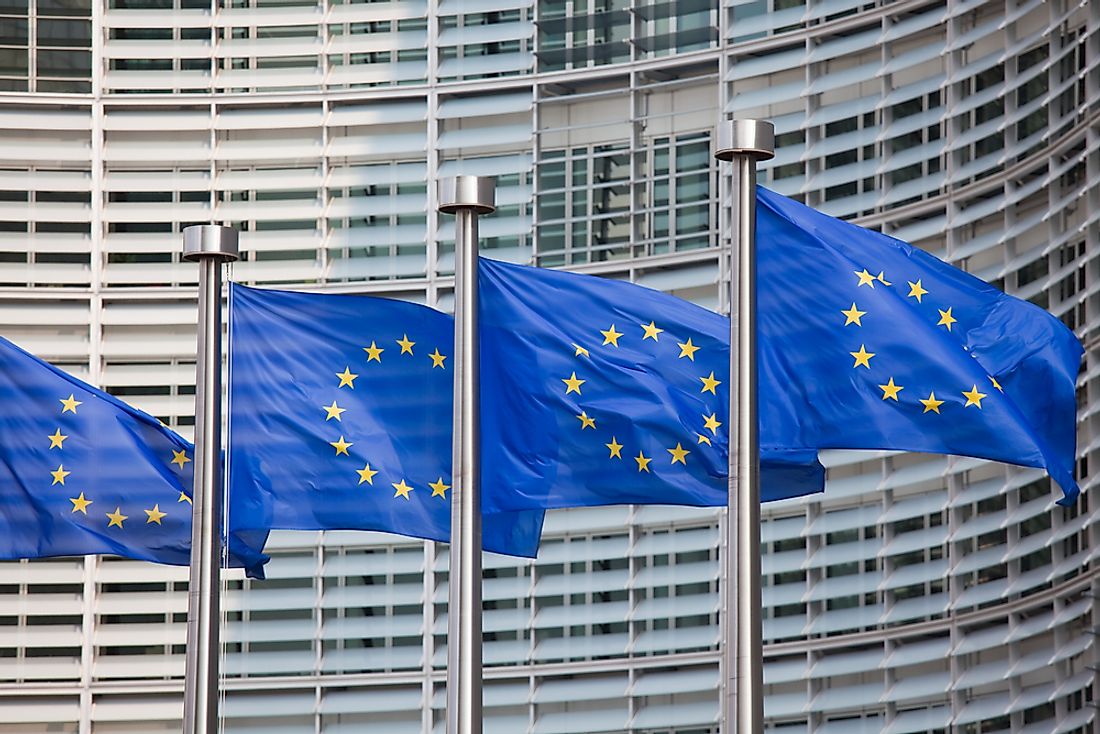Official Languages of the European Union

Europe, the continent, is made up of 45 countries, which cover a massive area of 3,930,000 square miles (10,180,000 sq km). This vastness provides a unique blend of cultures, languages, and cuisines. Out of the 45 countries, 27 are members of the European Union. The European Union has 23 official languages. Three of these languages, English, German and French have a bigger status of “procedural” languages.
It is important to note that although the union has 27 member states, only 23 languages are recognized. This is because some of the languages are common in some countries. For example, Greek is spoken both in Greece and Cyprus.
Criteria For Becoming A European Union Language
For a language to qualify to be a European Union language, the language must be both the working and official language of the participating country. French qualifies to be a European Union language because it is the official language in France, which is a member of the EU.
There are smaller languages that are spoken by groups of people in countries that are EU’s member states, but they are neither the official nor the working languages of these countries. As much as these languages are important to the speakers they cannot qualify to be EU’s languages due to the missing statuses.
The most spoken language of the European Union is English which is understood by 51% of the grownups. On the other hand, German is the most used mother tongue which is spoken by 18% of the adults. All the 23 languages are recognized as working languages but in essence, English are French are in used more widely than any other language.
Languages Of The European Union
In 1958, four languages became the official European Union languages. These were French, Dutch, Italian and German. The other languages were adopted later in different years. Danish and English were introduced in 1973, Greek in 1981, Portuguese and Spanish in 1986, Finnish and Swedish in 1995, Czech, Estonian, Hungarian, Latvian, Lithuanian, Maltese, Polish, Slovak and Slovenian in 2004, Bulgarian, Irish and and finally Romania in 2007
To ensure that all member states get information in their languages, the EU has put up one of the biggest language services worldwide. The service is split into two directorates, translation wing, and interpretation wing. The translation wing has employed 551 interpreters. They interpret about 11,000 meetings annually. The European Union has been able to include most of the languages by abiding by Article 22 of its founding Charter which requires the union to respect the cultural, linguistic and religious diversity of all member states.
The Importance Of Multilingual Diversity In The European Union
The presence of the many languages in the European Union has had many benefits to individuals and nations. The learning of other languages has enhanced labor mobility; It has helped people from different regions understand each other better hence building cohesion among nations. On the economical aspect, language learning has boosted trade among countries that speak different languages.











